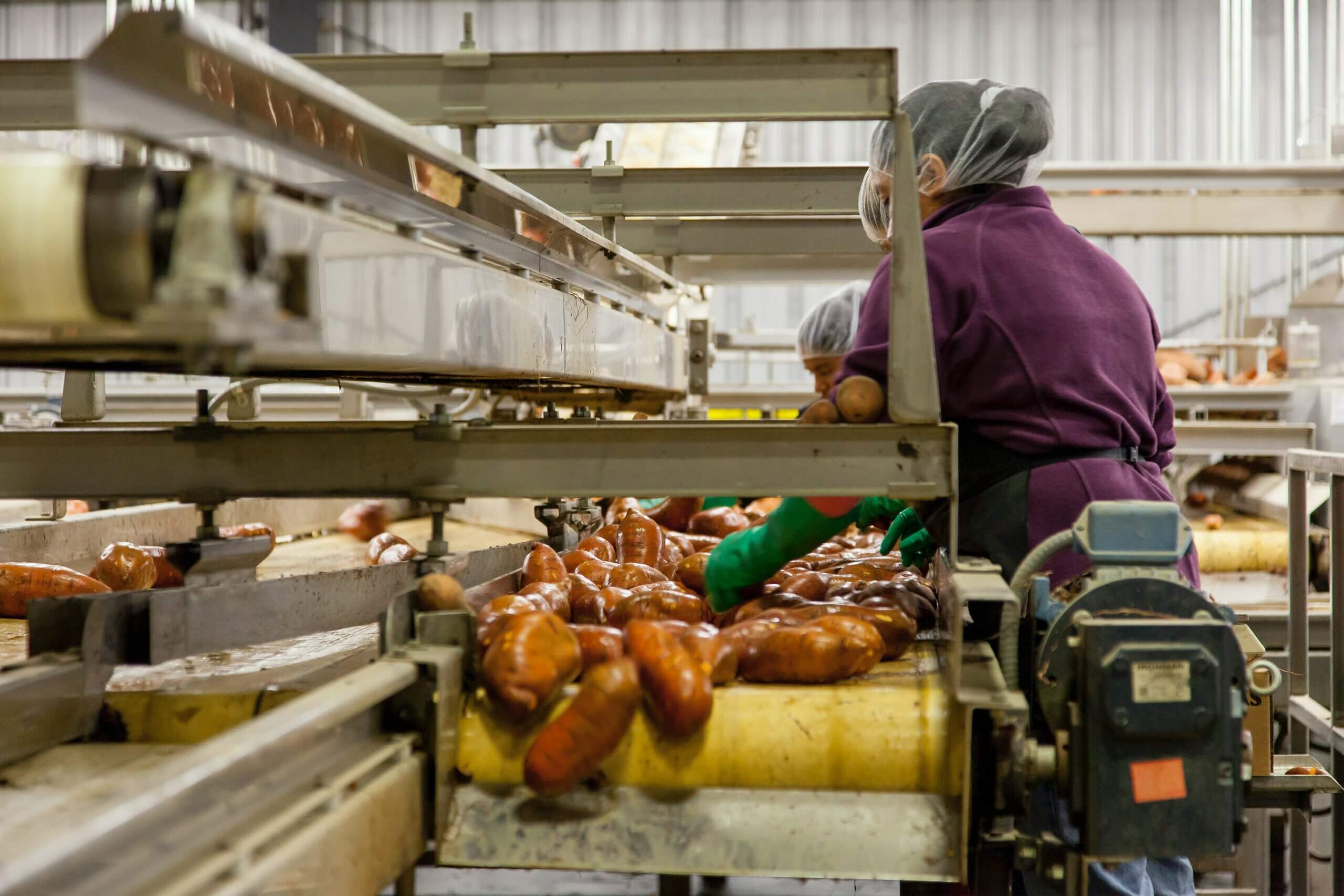When it comes to bugs, food service businesses like food processing plants, food storage facilities, and even restaurants find themselves in a Catch 22. On the one hand, bugs are an expected challenge of the industry. Food attracts bugs. There are no two ways about it. But on the other hand, imagining bugs around food is unacceptable for the consumer. Nobody is going to buy food where bugs have been crawling.
Where Does That Leave Pest Control in Food Services?
Most pest control methods involve chemicals so the foodservice industry tends to shy away from using a management system to handle this problem. Spraying toxins around food often leads to full shutdowns, which can be extremely costly to foodservice businesses.
Food manufacturing plants also have to follow strict guidelines regarding the safety and toxicity of what they use around their food. As a result, food manufacturers’ primary line of defense against bugs, is prevention. These steps include:
Observing With the Naked Eye
The first way to prevent pest infestation is for companies train their employees to be on the look out for signs of pests. These signs can include actual sightings of bugs. They can also include damage to packaging or food. Another clear indicator of bugs in a manufacturing plant is pest larvae.
Blocking Entry Points
Plants also need to pay close attention to entry points within the plant and seal up cracks and crevices that could become gateways for bugs. They must always remember that allowing one bug into a facility could potentially lead to an infestation in a short amount of time. The fact is that once a cockroach has laid an egg, it takes approximately 100 days for a new cockroach to be born. If a plant cannot stop that one cockroach from entering the building, they only have about one month to find him and his soon-to-be family. It truly is searching for a needle in a haystack.
Close Windows and Doors
This may sound obvious but it is a simple and effective way to keep pests out of food areas. Bugs will crawl or fly into any open space that can get them the food and shelter they need. Manufacturing plants often spend time on the less conspicuous entry points and forget about the big front door that is an open invitation to critters.
Seal All Food Sources
Bugs will not bother entering areas where they cannot get into food. While it is not possible to seal food that is in the middle of the manufacturing process, plants should make sure that any food that is not in the process is covered, sealed and out of the way of a bugs prying eyes. If it is impossible to get to the food, bugs will move on.
Clean On A Regular Basis
Bugs are looking for food sources of any shape or size. This includes the tiniest crumb that is still lying on a conveyer belt. Employees should be trained in a regular and systematic approach to wiping down all areas where food has been handled. The naked eye can spot larvae but the naked eye of a human may not be able to spot a microscopic crumb. Eliminating those crumbs is another layer of defense against a pests entry.
When Pest Prevention Is Not Enough
Even when each of these preventative measures is taken, and followed through with diligence, a cockroach or other insect will eventually get through your fortress of defenses. Where does that leave owners of food service businesses and food manufacturing facilities?
Bugs can have a serious impact on the sustainability of food industries. Toxins are not permitted in these industries. Worse still, the public seeing a pest control business in or around a food facility will not help with public relations or image.
Cryonite is a safe and non-toxic way to address pest problems in restaurants and other food services like cafes and delis. Cryonite uses liquid carbon dioxide to cover pests in a “snow” of cold that freezes the pests away. It leaves no residue. It will also work consistently because its lack of chemicals means bugs will not develop resistance.
This approach is most effective on cockroaches, bed bugs, and stored product pests. This makes Cryonite ideal for food manufacturing plants.
Cryonite does not impact electronic appliances unless there is direct contact. As a result, large and small kitchen equipment will be safe. Large restaurant equipment, like ovens, and small restaurant equipment, like mixers will remain safe.
As an unintended but beneficial side effect of this process, Cryonite loosens up encrusted debris. Although vacuums are great at gathering up bugs, they cannot loosen free eggs and larvae. So now instead of fighting an uphill battle against hatching eggs, Cryonite will allow you to take care of your little enemies all in one fell swoop. And as an added bonus, your kitchen will not only be free of bugs, it will sparkle like you never thought possible after years of wear and tear.
How To Use Cryonite in Food Processing Plants
Although everybody should check with their state’s guidelines first, Cryonite does not generally fall under pesticide guidelines because of the science behind its use.
You do not need to hire a specially trained Cryonite company. Cryonite equipment is available for purchase online. All users should be trained using the online manual, as well as any other available Cryonite training material. This allows for a highly discrete product with proven effectiveness.

